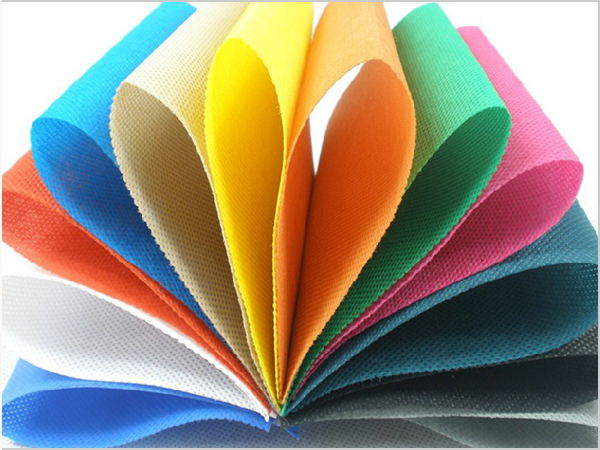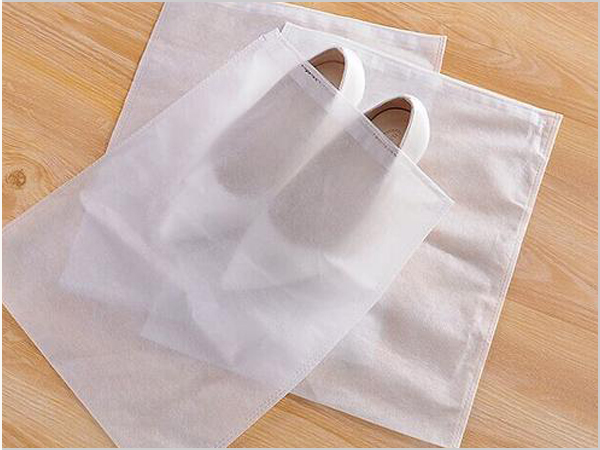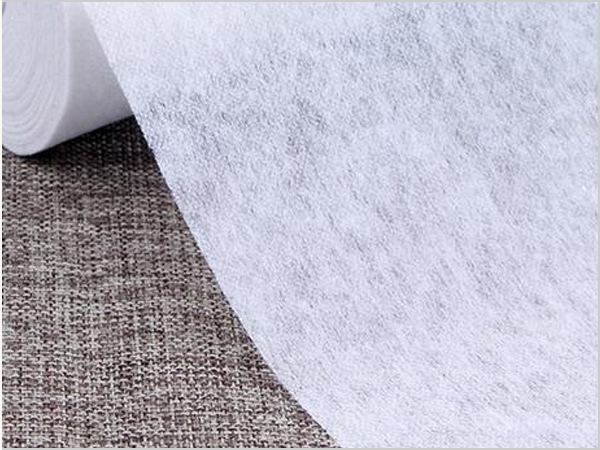- Why can spunbond nonwoven fabric dominate the market?
- Foreign trade exports are moving forward under pressure, with both resilience and challenges coexisting
- Explore the environmental protection characteristics and application fields of PP non-woven fabric
- The rise of the Latin American market is expected to become a new growth pole for China's textile foreign trade
- The production process of spunbond nonwoven fabric determines its unique characteristics!

- Telephone: 0551- 66779966
- Cellphone: 18955130444
- Email: 58792982@qq.com
- Address: Building 1-2, East of Wubu Village Section, Hehuai Road, Wushan Town, Changfeng County, Hefei City, Anhui Province
Non-woven fabric (English name: Non Woven Fabric or Nonwoven Cloth) is also known as a woven fabric, which is made of oriented or random fibers. It is called a cloth because of the appearance and certain properties of the cloth.
Non-woven fabric has moisture-proof, breathable, flexible, shameless, non-combustion, easy to decompose, non-toxic and non-irritating, rich in color, low price, recycling and other features. If polypropylene (PP material) pellet is used as raw materials, it is produced by high temperature melting, spinning, spreading, and hot pressing.
First, aqueous spinning
The hydr process is to spray high-pressure fine water flow to one or more layers of fibers, so that the fibers are entangled together, thereby reinforcing the web to be reinforced. Strong.
Second, the heat non-woven fabric
Thermally bonded nonwoven fabric means adding a fibrous or powdered thermal melt adhesive reinforcing material in a fibril, and the fibride is then heated melt cooling and reinforced.
Third, the pulp gas flows network non-woven fabric
Airflow network nonwoven fabric can also be called dust-free paper, dry paper non-woven fabric. It is a single fiber state using airflow network technology, and the fiber is coated in a web curtain with a gas flow method, and the web is reinforced.
Fourth, wet non-woven fabric
Wet nonwoven fabric is a single fiber that will be placed in a water medium, while mixing different fibrous raw materials, making fiber suspension, suspended slurry to the network mechanism, fibers in wet state Reinforce it.
Five, spunning non-woven fabric
The spunbond nonwoven fabric is after the polymer has been extruded and stretched, and the filaments are laid into the web, and the fiber is used to bond, thermally bonded, chemically bonded or mechanically reinforced methods. The web turns into a nonwoven fabric.
Sixth, meltblown non-woven fabric
Process process of meltblown nonwoven fabric: polymer feeding --- melt extruded - fiber formation - fiber cooling --- --- is reinforced into fabric.
7. Acupuncture non-woven fabric
The acupuncture non-woven fabric is one of dry non-spinning, and the acupuncture non-woven fabric uses the puncture of the piercing needle to reinforce the fluffy web.
Eight, seamless non-woven fabric
The sewing nonwoven fabric is one of the dry non-spinning fabric, and the sewing method is to utilize the composite coil structure to the fibride, yarn layer, non-textile material (e.g., plastic sheet, plastic thin metal foil, etc.) or their combination. The body is reinforced to make a non-woven fabric.
- Why can spunbond nonwoven fabric dominate the market?
- Foreign trade exports are moving forward under pressure, with both resilience and challeng
- Explore the environmental protection characteristics and application fields of PP non-wove
- The rise of the Latin American market is expected to become a new growth pole for China's
- The production process of spunbond nonwoven fabric determines its unique characteristics!
- The global trade landscape is undergoing significant changes in 2025
- The 11th China International Silk Conference was held in Shengze
- What are the core advantages of spunbond nonwoven fabric?
- What are the magical aspects of the manufacturing process of spunbond nonwoven fabric?
- The textile industry is enjoying dual policy benefits



